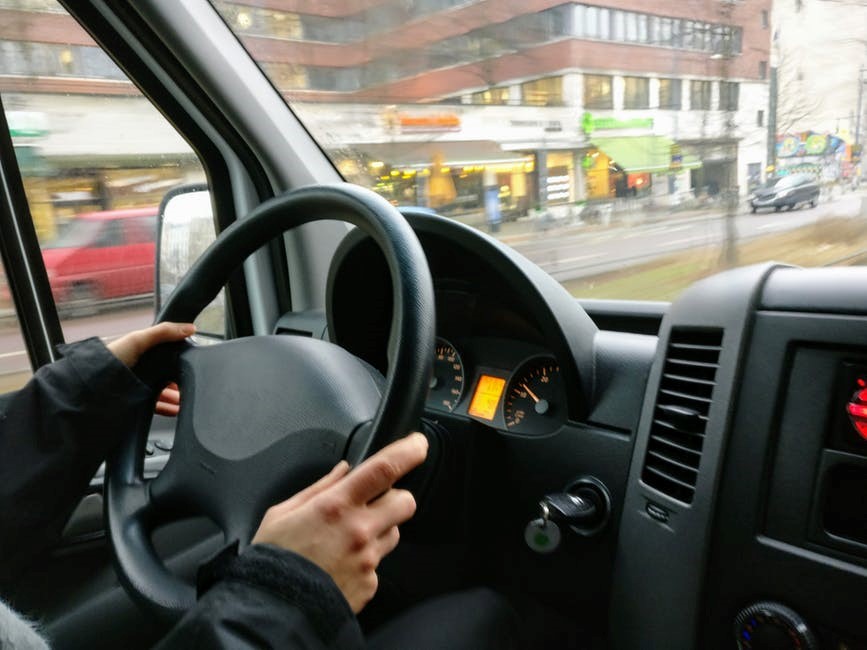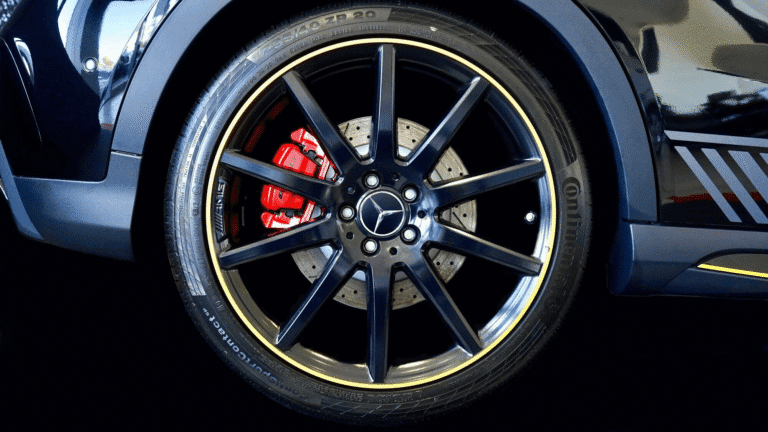Modes of Transportation: A Look at How We Get Around
Did you know that on average, Americans dedicate more than 330 hours each year to commuting for work?
As new inventions hit the market, we began to figure out new ways of transportation, to make our lives easier. Coming from horse-drawn carriages, we started to get into trains, planes, and cars. Since then, we’ve added many types of transportation to suit our needs.
So what are the modes of transportation available to us right now? Quite a few that we’ll get into.
Cycling As a Green and Healthy Option
Cycling has gained popularity in recent years due to its many benefits. They are environmentally friendly modes of land transportation that reduce carbon emissions.
Additionally, cycling promotes physical fitness and improves cardiovascular health. With dedicated cycling lanes and bike-sharing programs in many cities, more and more people are choosing this two-wheeled option for their daily commute.
Motorcycle for Speed and Convenience in One
Motorcycles and trike motorcycles combine speed and convenience in one exhilarating package. But what is a trike motorcycle? A trike motorcycle is also known as a trike or a three-wheeler.
It’s a type of motor vehicle that features three wheels instead of the traditional two wheels. With their agile nature and powerful engines, they effortlessly navigate through traffic. Thus saving time and avoiding congestion.
Lastly, to fully enjoy the thrill of the ride, it’s essential to be comfortable on your motorcycle. This will ensure a more enjoyable and smoother journey, allowing you to fully embrace the speed and convenience of your chosen mode of transportation.
Cars As the Epitome of Convenience
The invention of the automobile revolutionized transportation. Cars provide unparalleled convenience and flexibility, allowing us to travel long distances quickly. They have become a symbol of freedom and independence. However, the widespread use of cars has also led to traffic congestion and pollution, prompting the need for more sustainable alternatives.
Trains for Efficient and Reliable
Trains have long been a popular choice for long-distance travel. They offer a comfortable and efficient means of transportation, with the ability to carry a large number of passengers at once. Trains are known for their reliability and adherence to schedules, making them an attractive option for both commuters and travelers.
Airplanes for Connecting the World
Air travel has shrunk the world, making it possible to reach far-flung destinations in a matter of hours. Airplanes provide the fastest modes of transportation for long distances. It has made international travel accessible to millions of people.
While air travel is efficient, it’s also a significant contributor to carbon emissions. The aviation industry is actively working towards developing more sustainable alternatives for the future.
Ships for Sailing the Seas
For centuries, ships have been the primary mode of water transportation for overseas travel and trade. From massive cargo ships to luxurious cruise liners.
These vessels have connected continents and enabled global commerce. Today, ships are still a vital part of the transportation industry. They are critical for transporting goods and facilitating international trade.
Exploring the Different Modes of Transportation
Looking at various modes of transportation, it’s incredible to think of all the ways we get around today. From cars to planes, there are numerous options to choose from.
No matter what kind of transportation it is, advances in technology have made it easier and faster than ever before. Perhaps we will one day unlock even more ways to travel. Until then, it is important to continue research and development to make transportation even more efficient.
Found this article useful? Keep browsing the rest of this section for more.







